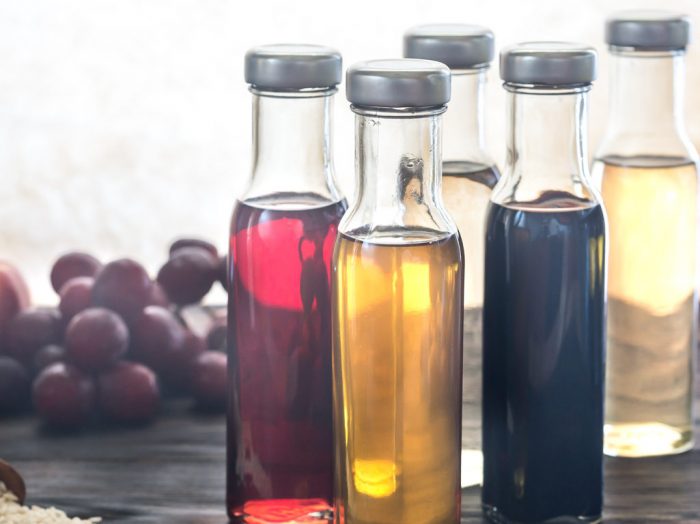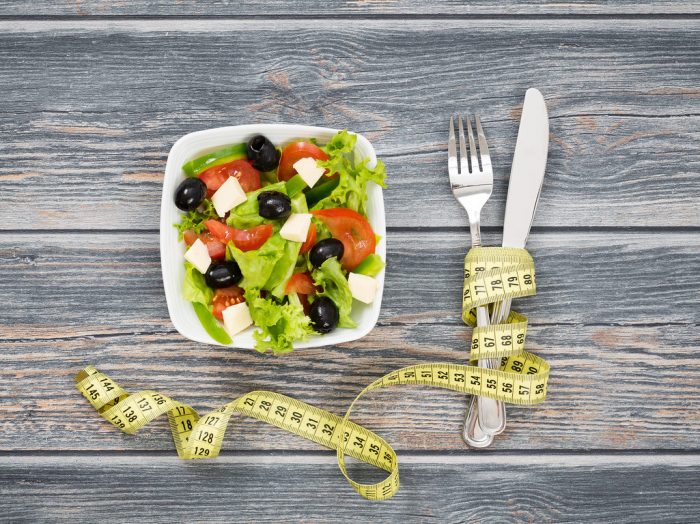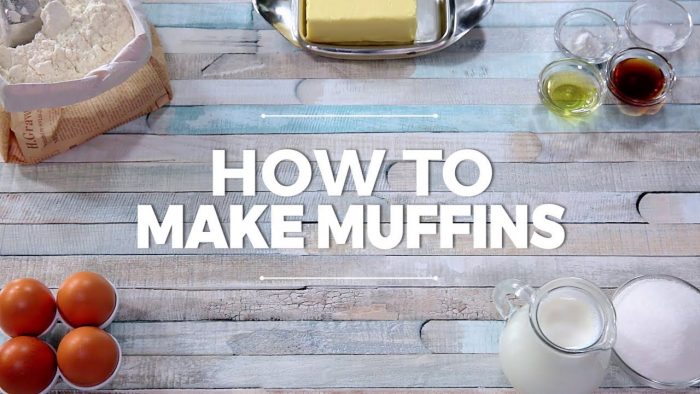How many vinegar types do you know? There are lots of them on the supermarkets’ shelves, but to be true, you only need one or two types in your pantry. But do you know which one is the most suitable for your needs? If not, read on!
In my childhood, my family and I always had a fresh salad on the table in the summer. The main ingredients were, of course, summer veggies from our garden: tomatoes, cucumber, onion, and bell pepper. My mother used to make almost daily this huge bowl of colorful salad, seasoned with salt, pepper, and vegetable oil. After seasoning the salad she divided it – for her in a small bowl and for my father, my brother and me, in a bigger one.
She ate her salad as is, but for the rest of us, it needed one more ingredient: vinegar. The three of us didn’t conceive eating salad without adding vinegar to it. But my mother had different views – even when she was making pickles, she had two recipes: one with brine and one with vinegar.
I guess there are people who love vinegar and people who don’t even want to feel the smell of it. For me, vinegar is a crucial ingredient when making salads. And, since I have a salad for lunch or dinner most of the time, vinegar becomes a key ingredient.
Otherwise, I don’t use vinegar in many dishes, but there are some vinegar types I always have in my pantry. I’m a fan of red wine vinegar and apple cider vinegar. But when I go to the supermarket I use to stare at those nice little bottles of different vinegar types and sometimes I choose a new one to try. Luckily, I’ve learned which does what. Let’s find out some things about the most important vinegar types, like how they taste and how to use them.
Most common 5 vinegar types
1. Wine vinegar
Wine vinegar is made from red or white wine and is the most commonly used vinegar in Europe. White wine vinegar is pale-yellow colored, so it will not alter the visual aspect of the meal. On the other hand, red wine vinegar is a dark-red liquid, which will change the look of your dish. That’s why you should consider not only the vinegar flavor when cooking with it, but also its color.
White wine vinegar should be used in making white wine butter sauce or herb vinaigrette. It isn’t as flavorful as red vinegar, but it lightens rich sauces and vinaigrettes without overpowering the other flavors in the dish. It can be used as a substitute for apple cider vinegar in most recipes.
Red wine vinegar has a strong flavor and, because of its color, it’s often used in marinara sauces, barbecue sauces, and marinades for red meat. It’s more like an all-purpose vinegar, so you can also use it in salad dressings or to give soups a little spiciness if you add it at the end. This one can also substitute apple cider vinegar in some recipes.
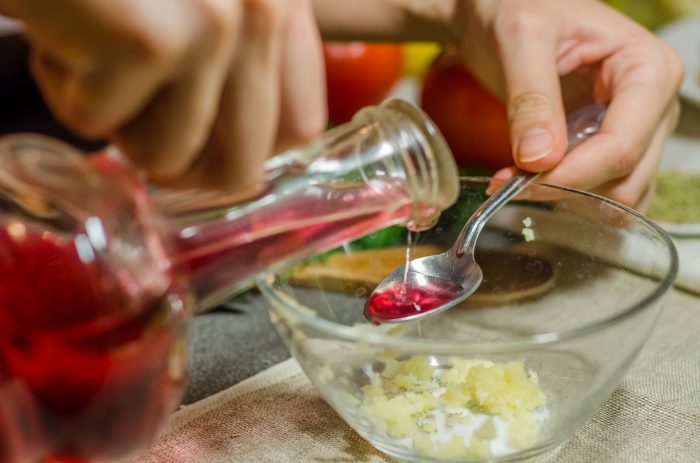
2. Apple cider vinegar
Apple cider vinegar is made from cider or apple must, and has a brownish-gold color and a versatile sweet-sour flavor. It may be the most used worldwide from all the vinegar types, because of its nutritive properties: it treats acid reflux, prevents indigestion, lowers cholesterol and high blood pressure.
Use it when you make salad dressings, marinades, or barbecue sauce. Plus, you can use it to season steamed vegetables or root veggies before you roast them in the oven, or drizzle over some chicken thighs ready to be baked. It’s also great for pickling.
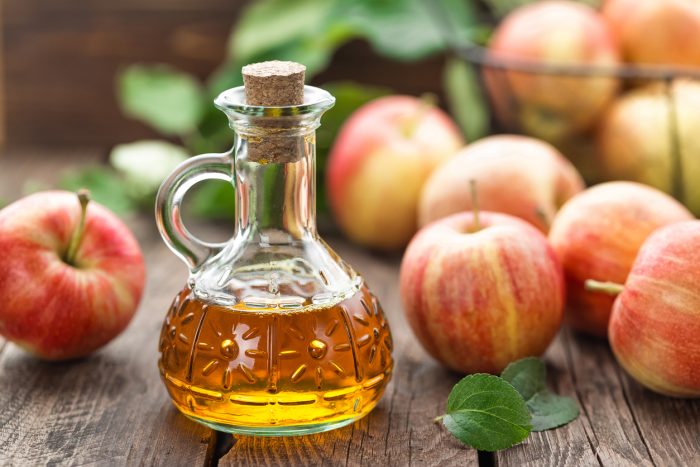
3. Balsamic vinegar
Balsamic vinegar is an aromatic aged vinegar produced in Italy, from a reduction of cooked grape must. The longer it’s aged, the more deeply rich and thick the vinegar becomes. This is a very dark brown, rich and sweet vinegar.
Usually, balsamic vinegar is used in salad dressings and marinades. But you can also use it to make thick syrups for desserts, add few drops to finish a soup, in braised dishes, and for marinating meat and tofu.
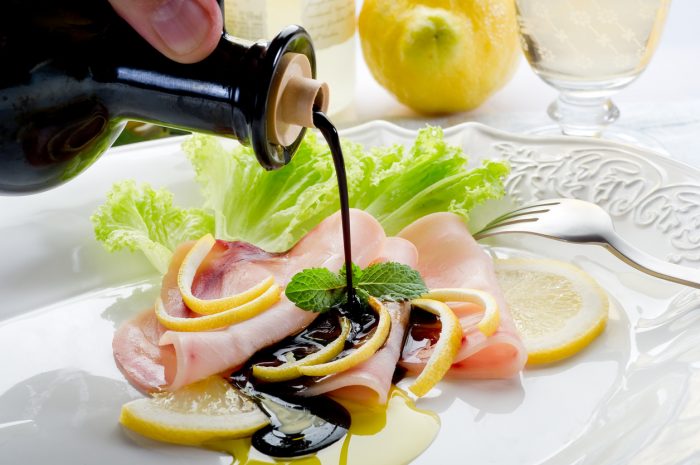
4. Rice vinegar
Rice vinegar is most popular in Asian cuisine, but it can be integrated into all cuisines thanks to its versatility. It’s made from rice wine and it’s available in white, red, and black varieties. It has a light and sweet taste.
The Japanese prefer a light rice vinegar for the preparation of sushi rice and salad dressings. You can also use it in light dressings and when you experiment with Asian dishes, especial in dipping sauces, in which its flavor is essential because this type of vinegar is sweeter than others.
5. Distilled white vinegar
This is the most mundane and less special of all the vinegar types but it’s one you should always have in your pantry. Distilled white vinegar is also known as distilled spirit, “virgin” vinegar, or white vinegar, and is used in cooking, baking, meat preservation, and pickling. Distilled white vinegar is almost flavorless and unappetizing on its own, but it adds an important neutral acidity to some meat dishes and salad dressings. It’s always good to have a bottle on hand.
Each of these vinegar types can have, nowadays, different flavors: fruits and berries, garlic, herbs, spices, and honey.
There also are other vinegar types, like cane vinegar, date vinegar, malt vinegar, sherry vinegar and a few more. But these aren’t used as often and you’ll probably buy them only if your recipe requires it specifically. Until then, these 5 vinegar types should be enough for your everyday culinary needs. Just keep them in a cool place away from light, because most vinegar can be kept almost indefinitely if stored correctly.

